Trump’s tough talk amid market turmoil: ‘Don’t be weak or stupid’ as trade war heats up
- Update Time : Tuesday, April 8, 2025
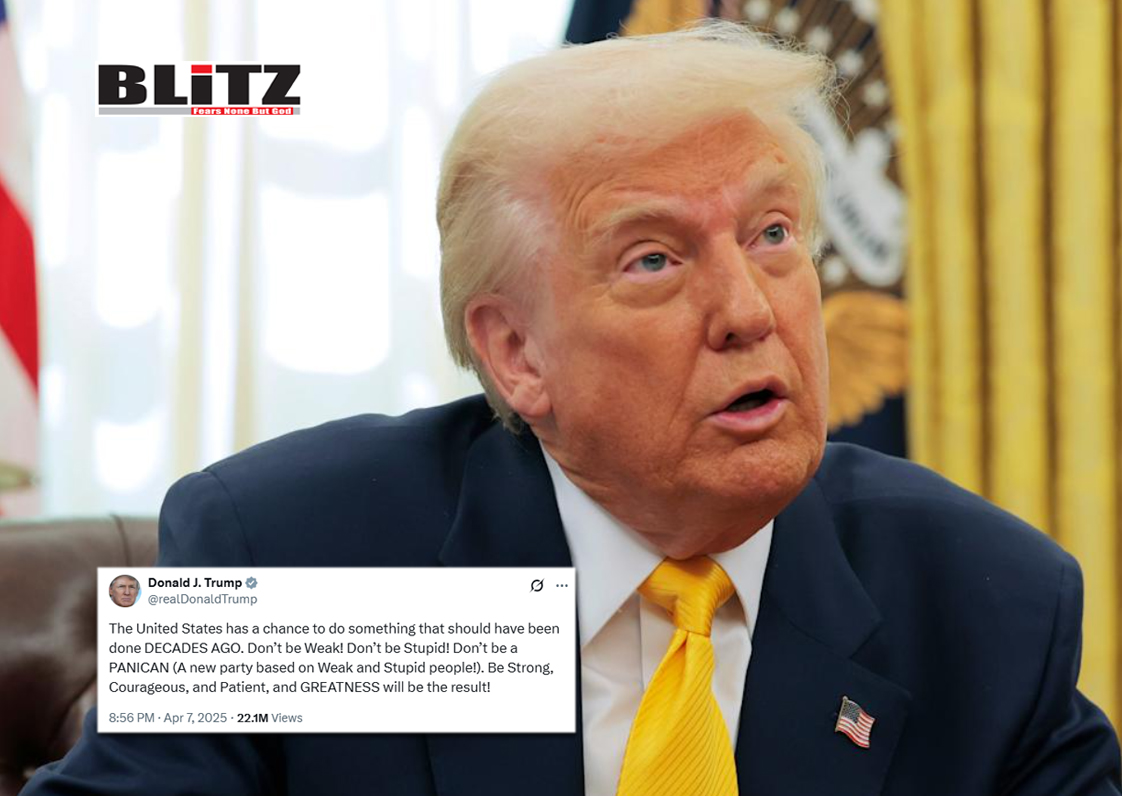
As global markets continue their downward spiral, US President Donald Trump has taken to his favored platform, Truth Social, with a bombastic and defiant message to the American public. On April 7, 2025, amid intensifying fears of an economic downturn triggered by protectionist trade policies and volatile international responses, Trump urged Americans not to give in to what he described as weakness, stupidity, or panic.
“The United States has a chance to do something that should have been done DECADES AGO. Don’t be Weak! Don’t be Stupid! Don’t be a PANICAN (A new party based on Weak and Stupid people!). Be Strong, Courageous, and Patient, and GREATNESS will be the result!” Trump wrote, in typical uppercase-laden style.
His post came as American stock markets resumed their slide, fueled by concerns over the administration’s aggressive trade policies, including fresh threats of sweeping tariffs and retaliatory actions from key trade partners like China. The volatility in the market has reignited debates about Trump’s economic strategies and whether his approach to tariffs and international trade is driving the US into a self-inflicted economic contraction.
US equity markets opened to steep losses on April 7, with the Dow Jones Industrial Average plunging over 800 points before midday, while the S&P 500 and Nasdaq followed suit. Investor confidence has been shaken not only by Trump’s rhetoric but also by concrete developments: new tariffs, diplomatic breakdowns, and economic indicators that suggest rising instability rather than sustained growth.
Much of the blame for this slide, according to analysts, lies with the administration’s announcement of further tariffs on imports, aimed ostensibly at protecting American manufacturing and correcting what Trump calls “decades of trade abuse.” However, critics argue that this protectionism is triggering a domino effect-slowing down global demand, escalating prices for consumers, and driving investor fear.
The sharp downturn came just hours after Trump announced an ultimatum to China: remove the recently imposed retaliatory 34% tariff on American goods, or face a crushing 50% tariff hike from the US effective April 9, 2025. This comes on the heels of already high 54% duties the US had levied on Chinese products.
“Yesterday, China issued Retaliatory Tariffs of 34 percent, on top of their already record setting Tariffs… Despite my warning… any country that Retaliates… will be immediately met with new and substantially higher Tariffs,” Trump posted on Truth Social.
The message is clear: Trump is doubling down on a trade war that shows no sign of de-escalation. He not only threatens further economic confrontation with China but also signals a hardline stance on any nation daring to question or push back against American trade policy.
Trump added that if China does not comply by April 8, not only will the tariffs take effect, but all ongoing trade talks with Beijing will be terminated. “Negotiations with other countries, which have also requested meetings, will begin taking place immediately,” he added.
China has not taken Trump’s threats lightly, but it has chosen a measured tone in its official response. Through its state-run publication, The People’s Daily, the Chinese Communist Party suggested that it is prepared for the long haul.
“The sky won’t fall,” the editorial stated, brushing off Trump’s threat. “Faced with the indiscriminate punches of US taxes, we know what we are doing, and we have tools at our disposal.”
Even as financial markets in Beijing and Shanghai suffered steep losses-mirroring the panic seen on Wall Street-Chinese leadership signaled its intention to resist American pressure and prepare for what may become a protracted trade standoff.
At the heart of Trump’s fiery rhetoric is a political strategy steeped in economic nationalism. His administration is portraying the current crisis not as the failure of policy, but as a necessary sacrifice to reclaim national sovereignty and industrial supremacy.
“Oil prices are down, interest rates are down… there is no inflation,” Trump wrote in a separate post, hailing these as signs of success. “The long time abused USA is bringing in Billions of Dollars a week from the abusing countries on Tariffs…”
While Trump touts falling oil and food prices as policy wins, many economists are sounding the alarm. The reality, they argue, is more nuanced: the price drops are largely due to collapsing demand and rising economic anxiety, not strategic policy interventions. Interest rates have dropped in response to economic fragility, not prosperity.
Moreover, Trump’s assertion that “there is no inflation” is contradicted by government data showing persistently high core prices for essential goods, in part because tariffs on imports have increased the cost of raw materials and intermediate goods for American producers.
Trump’s populist framing of the crisis-urging citizens not to be “PANICANS” and blaming prior administrations for America’s woes-may play well with his base, but it does little to calm investors or global partners. Critics warn that the president’s refusal to engage in traditional diplomacy and his penchant for ultimatums risks destabilizing not just US-China relations, but the entire global trade system.
“Threatening 50% tariffs while markets are already panicking is like throwing gasoline on a fire,” one Wall Street strategist remarked. “This isn’t negotiation-it’s brinkmanship.”
With his MAGA agenda now extending into every corner of US economic and foreign policy, Trump seems more determined than ever to reshape America’s position in the world, even if it means alienating allies and trading partners. The cost, however, may be borne by the American middle class and small businesses already struggling with supply chain disruptions and market uncertainty.
As April 8 looms, the world watches with bated breath. If Trump follows through with his tariff hike and cuts off negotiations with China, the consequences could be severe: more market crashes, higher prices, reduced global trade, and mounting economic isolation for the United States.
But for Trump, the endgame appears clear: project strength, deflect blame, and rally his base with a message of resilience and confrontation. “Don’t be Weak! Don’t be Stupid!” may not be conventional economic guidance-but it sums up the ethos of a president who thrives in chaos and sees every crisis as a campaign opportunity.
The real question, however, remains: how long can the American economy-and the world-weather this storm?


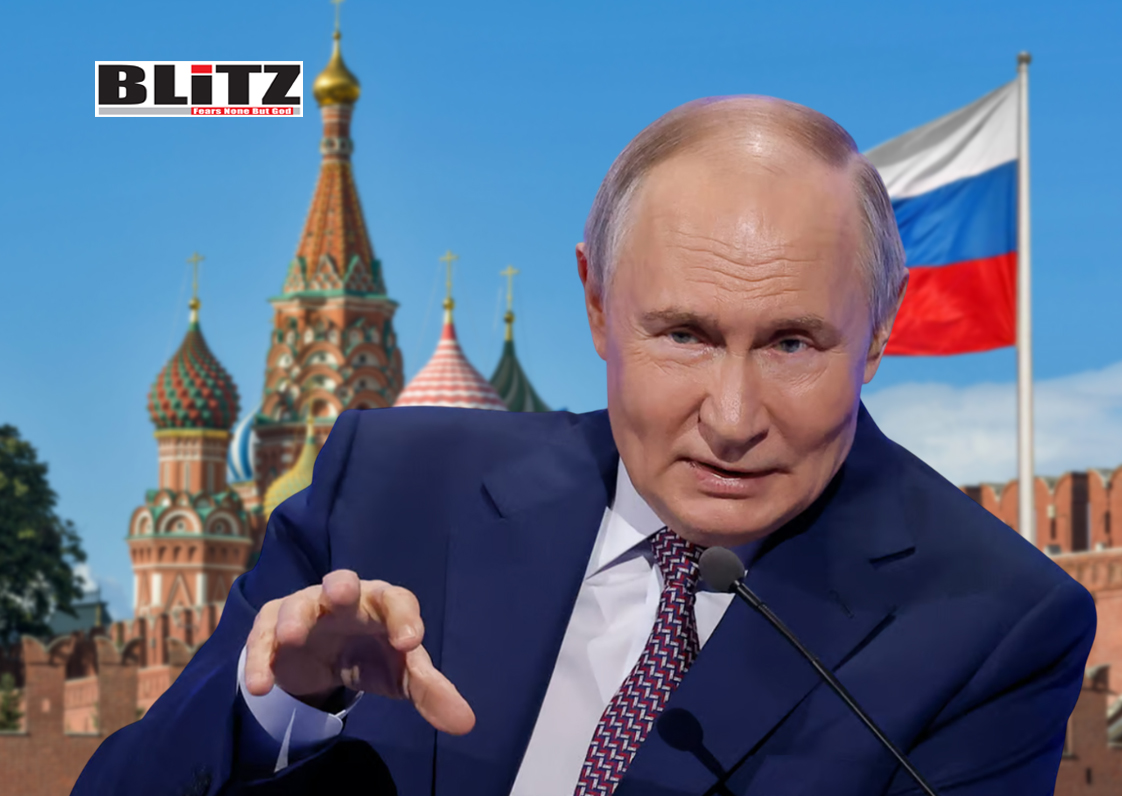

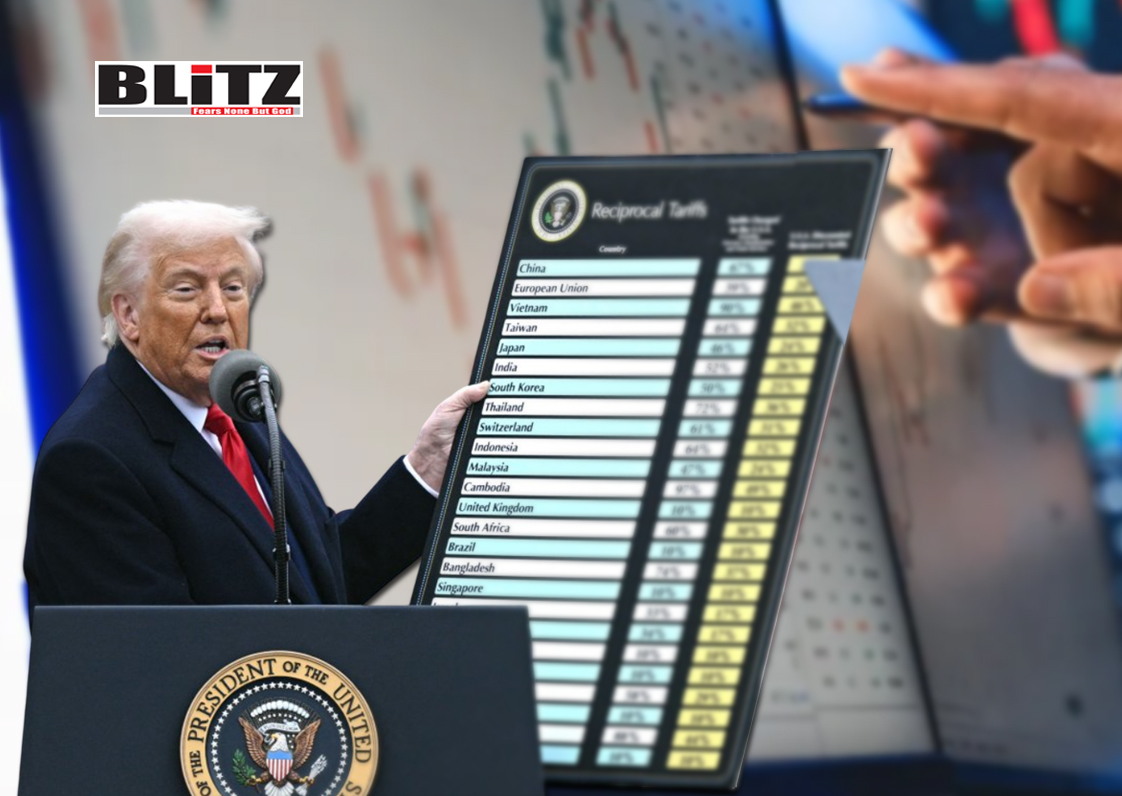
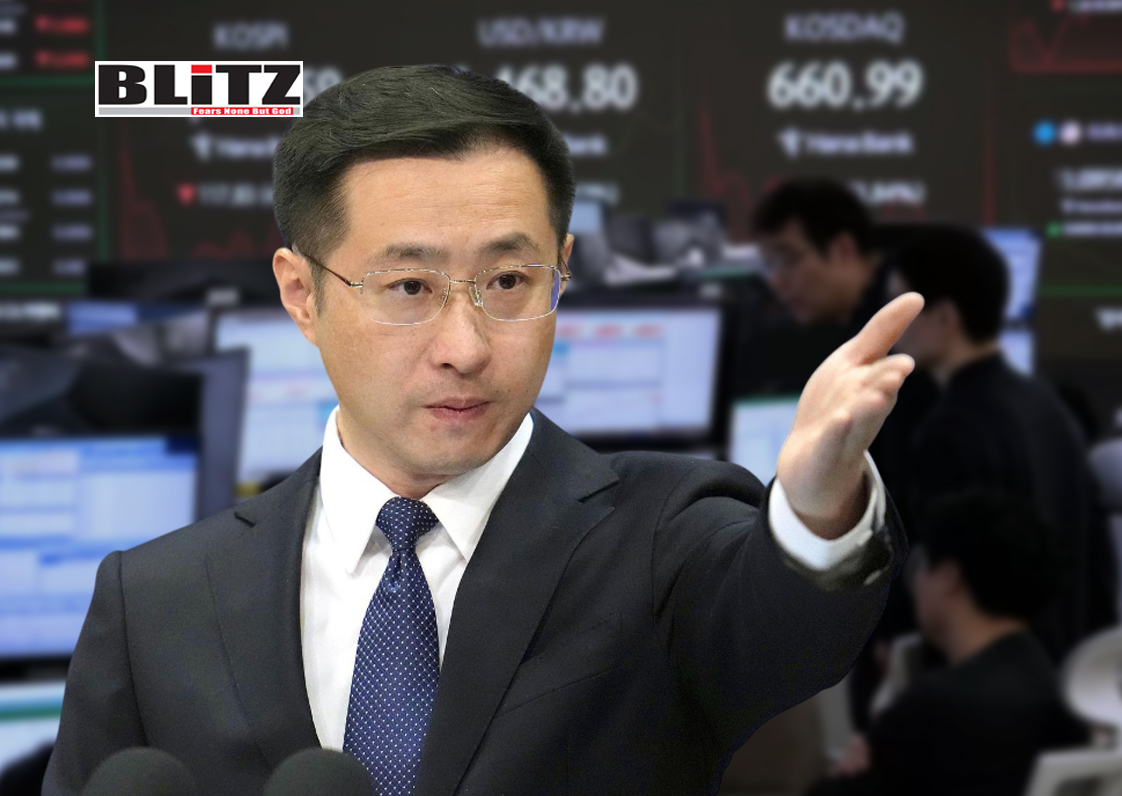

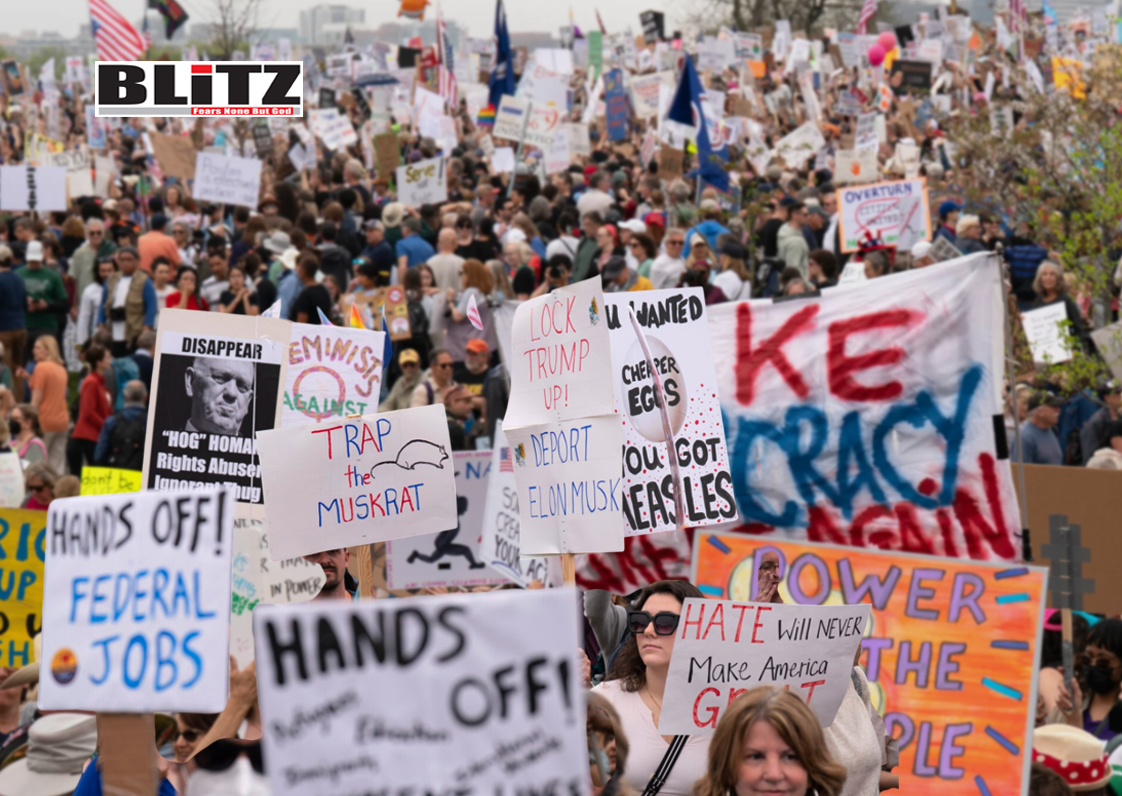
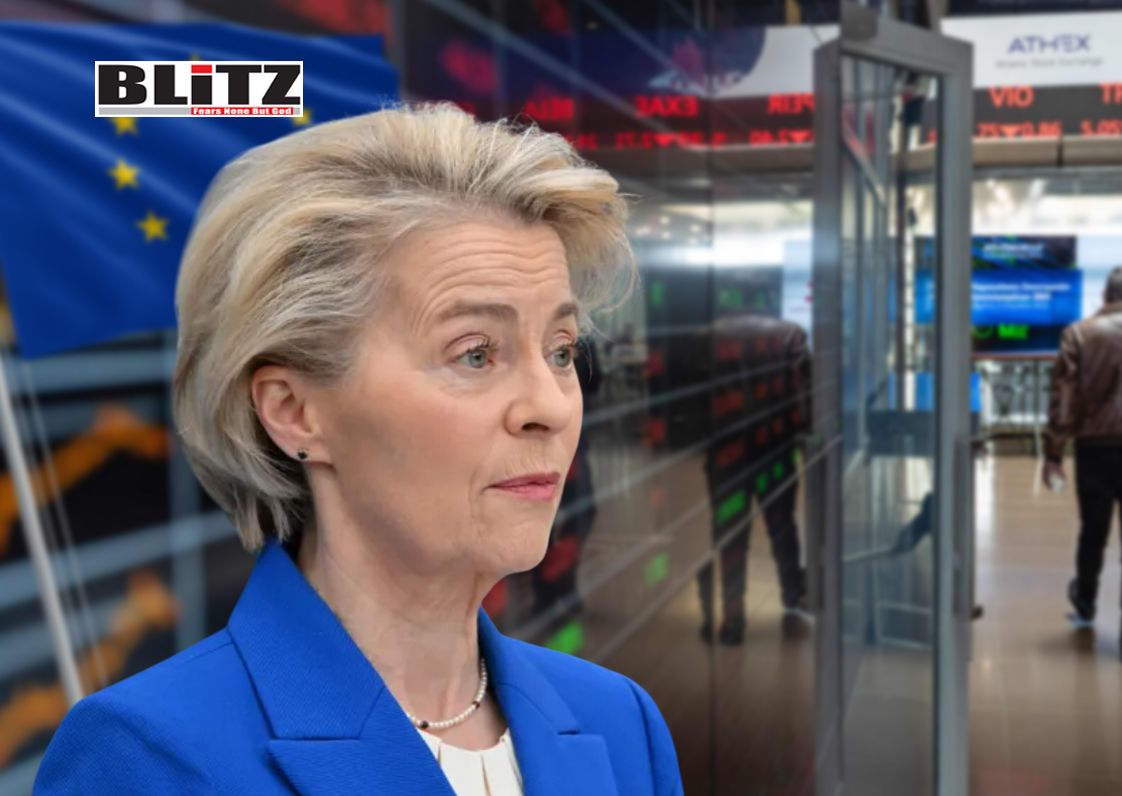
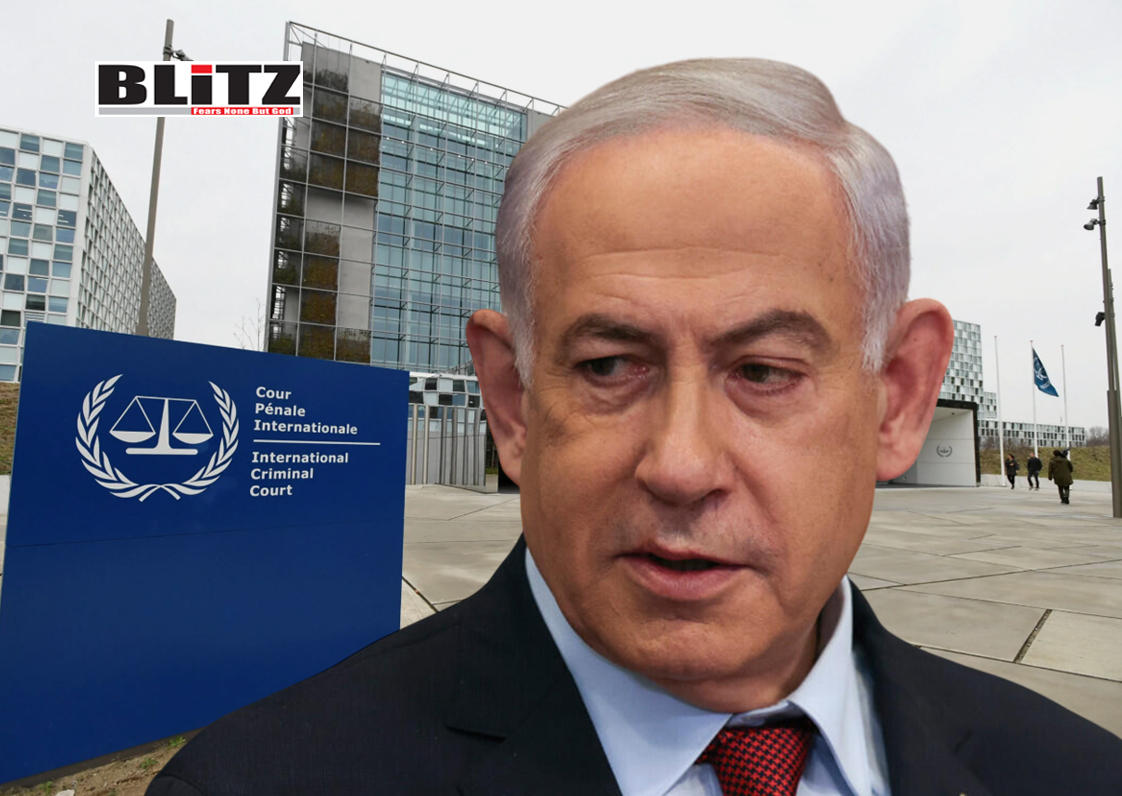
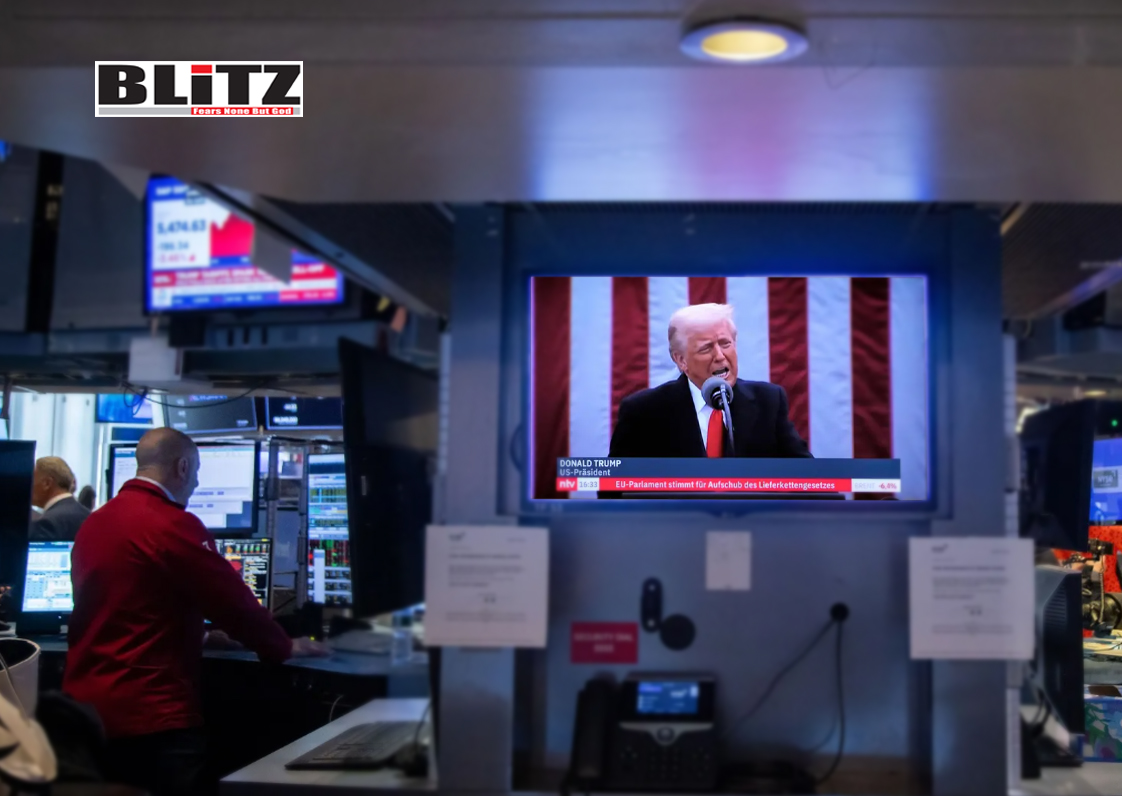
Leave a Reply